Mudeungsan Mountain (무등산)
19.0Km 19971 2018-01-30
Nam-myeon, Damyang-gun & Dong-gu & Buk-gu, Gwangju & Iseo-myeon, Hwasun-gun, Jeollanam-do
82-61-379-3503
Mudeungsan covers an area of about 30 square meters above the metropolitan city of Gwangju, Hwasun-gun and the nearby Damyang-gun. The name means ‘a high mountain’ or, more mysteriously, a mountain beyond classification’.
Mudeungsan Mountain (무등산) is not too steep and many people come for a hike on the weekends or public holidays. Highlights on the way include the Seoseokdae, Ipseokdae, Seinbong and Gyubong Rocks, Wonhyo and Yongchu Valleys – as well as Jigong Neodeol (cluster of rocks) – and the Deoksan Neodeol. To enjoy a great view, try going up Jungmeorijae, Jangbuljae or the Donghwasa Temple Site, or the Jangwonbong Peak. Visitors coming from the Hwasun side of the mountain can see the picturesque Dongbokho Lake from Ipseokdae and Gyubong Rock, Jingong Neodeol, Jangbul, Baekma ridge and Gyubongam temple.
Sigyeongjeong Pavilion (담양 식영정)
19.1Km 6514 2020-03-23
Jigok-ri, Damyang-gun, Jeollanam-do
+82-61-380-2811
Designated as the top monument of Jeollanam-do, Sigyeongjeong Pavilion means a place where even the shadow of the moon can find a place to rest. As its name suggests, this pavilion is set in a lush and remote forested area. Countless number of scholars and writers have been attracted to this pavilion as a place of profound inspiration. The pavilion gained more fame from the legendary lyrics of Seongsanbyeolgok written by the poet Jeong Cheol. The elegant words of Kim Seongwon, a literary scholar, depict the scenic beauty of Seongsan Mountain as the seasons change.
Of all the pavilions situated at the basin of the Yeongsangang River the Sigyeongjeong Pavilion is said to be blessed with a breathtaking view from the side. The current building was restored in the early 1900s. At the Sigyeongjeong Pavilion there is the Buyongdang, a monument with the lyrics to the Seongsanbyeolgok Poem, and next to it an old library building called Jangseogak built to preserve the wooden blocks of Songgangjib, a book of poetry written by Jeong Cheol.
Hwanbyeokdang Pavilion (환벽당)
19.2Km 35594 2023-01-25
10, Hwanbyeokdang-gil, Buk-gu, Gwangju
+82-62-510-1500
Hwanbyeokdang Pavilion was built by Yeongcheonja Sinjam and was also called Byeokgandang, which is recorded in Go Gyeong-myeong's Yuseoseongnok. The building has a hipped-and-gabled roof with three bays in the front space and two bays in the inside space. It is a modified form in which the two rooms in the middle are used as rooms, and the front and right sides are floors. Originally, it was a traditional pavilion, but it seems to have changed to its current form as it was expanded later. A tablet written by Uam Song Si-yeol hangs here, and the poems of Seokcheon Im Eok-ryeong and Jo Ja-i are on a signboard. There are two poems written by Jeong Cheol about Hwanbyeokdang Pavilion, which are published in Songgangsokjip and Gwangjumokji. Jeong Cheol's 4th-generation descendant Jeong Su-hwan bought it from Kim Yun-je's descendants, and Yeon Il-jeong's family is currently managing it.
Hola Alpaca Café (올라알파카카페)
19.3Km 0 2024-02-20
477 Anyangsan-ro, Hwasun-eup, Hwasun-gun, Jeollanam-do
Hola Alpaca Café is a bakery café in Hwasun where visitors can see alpacas up close and experience feeding them. Its signature menu item is the Alpaca cube latte, where espresso cubes shaped like alpacas are melted into milk. The café offers a popular spot for enjoying beverages and desserts while overlooking the scenic views of Manyeonsan Mountain.
Korea Gasa Literature Collection (한국가사문학관)
19.4Km 13516 2021-09-07
877, Gasamunhak-ro, Damyang-gun, Jeollanam-do
+82-61-380-2701
The Gasa Literature Collection was completed in October 2000 and is located in Damyang, Jeollanam-do, an area which is famous for its fertile land and rich historical heritage. Apart from the main building, additional buildings include a souvenir shop, and traditional tea house. In the museum, historical literature such as “Myeonangjip” (a collection of Gasa poems by Song Sun) and “Songgangjip,” (a collection of Gasa poems by Jeong Cheol) are on display. There are 11,461 artifacts and literature on Gasa culture, 18 Gasa works, and 15,000 books about Gasa.
Gwangju Pyeongchon Village (광주 평촌마을)
19.5Km 2797 2019-11-26
15, Pyeongchon-gil, Buk-gu, Gwangju
+82-62-266-2287
Gwangju Pyeongchon Village, located north of Mudeungsan Mountain, is a cozy farming village made up of four villages Dongrim, Daman, Woosung, and Dangmoe. The village still has an excellence natural preservation, growing environmental-friendly rice in the fields and Punamcheon stream that runs through the middle of the village is home to fireflies and otters. The village also keeps the tradition of making pottery as the village was the place that made grayish-blue-powdered celadon during the Joseon dynasty. The village street corner offers visitors to Mudeungsan Mountain a place to rest with Mudol-gil shelter and Bandi lodging.
Gyubongam Hermitage (Hwasun) (규봉암(화순))
19.8Km 22571 2024-02-20
40-28 Dowon-gil, Iseo-myeon, Hwasun-gun, Jeollanam-do
Gyubongam Hermitage is a small hermitage located on Mudeungsan Mountain. It is believed to have been established during the Silla dynasty (B.C. 57-A.D. 935) and underwent renovations in 1959 to attain its current appearance. Renowned for its picturesque scenery, Gyubongam Hermitage is said to be a must-visit spot for those climbing Mudeungsan Mountain. It is particularly famous for its vibrant autumn foliage, and the area around the hermitage is abundant with rocky cliffs.
Soswaewon Garden (담양 소쇄원)
19.9Km 39298 2023-01-04
17, Soswaewon-gil, Damyang-gun, Jeollanam-do
+82-61-381-0115
Soswaewon Garden is a private garden from the Joseon period where Korea's traditional beauty is preserved. It was built by Yang San-Bo (1503-1557) after he gave up his success when his mentor Jo Gwang-Jo (1482-1519) was killed during political strife. Soswaewon Garden presents itself as a clean and transparent garden where the righteous enjoy the life of anbinnakdo (being comfortable amid poverty and taking pleasure in an honest lifestyle) surrounded by a bamboo grove.
Including peach trees, various kinds of trees and grass are planted on both sides of the stream while clear water flows down the foot of the garden walls. The log bridge above the valley adds to the charm of the scenery. The harmony between nature and the artificial waterfall is a sight to behold. Soswaewon Garden is 150 meters away from the main road. Passing through the thick bamboo forest, you will find the small valley and Soswaewon Garden on your left.
YangDongHo Traditional House (Hanok 152) [Korea Quality] / 양참사댁(양동호 가옥 / 한옥152) [한국관광 품질인증]
19.9Km 173 2020-12-10
24, Darasil-gil, Hwasun-gun, Jeollanam-do
+82-10-9646-5087
Yangchamsadaek (Yangdongho’s former name) or National Cultural Property No. 152 is a traditional hanok accommodation. Dalasil Village, Hwasun, Jeollanam-do, where the house is located, is a town with traditional houses and fields, where interestingly those who have the surname of Jeju Yang live together.
Yangchamsadaek is a typical noble's house in the southern region with the ㄷ-shaped main building and the ㅡ-shaped detached building form the ㅁ shale. It is expected that the main building was built in the 18th century and the detached building at the end of 19th century. In 2013, the current owner has taken over the antique house and started running a hanok stay, and his daughter, Jo A-ae, a curator and culture planner, added modern touches to turn it into a culture complex, Hanok 152. The wide lawn is sometimes rented for music performance, traditional wedding, or outdoor wedding, and other times it serves as a venue of one-day classes for hanbok experience, Korean food experience, etc.
As for rooms, there are four options: big room and small room in Anchae (main building), and Daecheong room and bed room in Sarangchae (detached building). The rooms are decorated with traditional cabinets and folding screens with embroidery, displaying the beauty of an antique house. The main floor, which is much bigger than that of other houses, has been renovated by the owner. The main floor in the main building, with a comfortable sofa and a rug, is modern and luxurious, whereas the main floor in the detached building is cozy with a floor table and Korean cushions. Toiletries are not available in the bathroom but provided upon request to the information desk. Space rental is also available. Various events such as traditional wedding, small wedding, first birthday celebration, 70th birthday celebration, small workshop, or one-day class can be held here. Moreover, traditional hanbok experience is always available at 15,000 won per person. Korean food experience is notified on Instagram and requires reservation. As the cost varies depending on the number of participants and the date, make sure to inquire over the phone.
Also located in the village are Hanjae House (National Cultural Property No. 154) and World Heritage Hwasun Dolmen Site. Note that the Unjusa Temple, famous for the Cheonbulcheontap Pagoda, is a 15-minute drive away.
Natural Dyeing Culture Center (한국천연염색박물관)
19.9Km 30718 2021-12-07
379, Baekho-ro, Naju-si, Jeollanam-do
+82-61-335-0160
The area of Naju has long been at the forefront of the natural dyeing and silk production industry. The natural setting of fresh water from the Yeongsangang River along with the salt water from the sea are perfect for growing the plants necessary for a deep indigo color. As such, it is the only area to be recognized for its natural dyeing (Important Intangible Cultural Heritage) by the Cultural Heritage Administration. The best place to experience this local heritage is at the Natural Dyeing Culture Center. The center offers experience programs and educational programs, as well as exhibitions and sales of naturally dyed products.

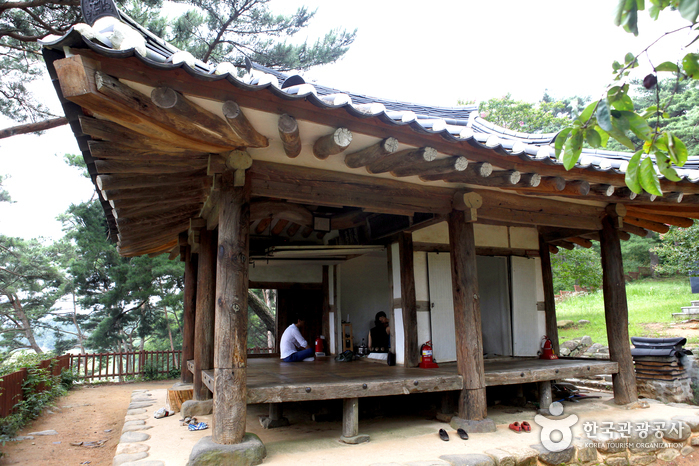
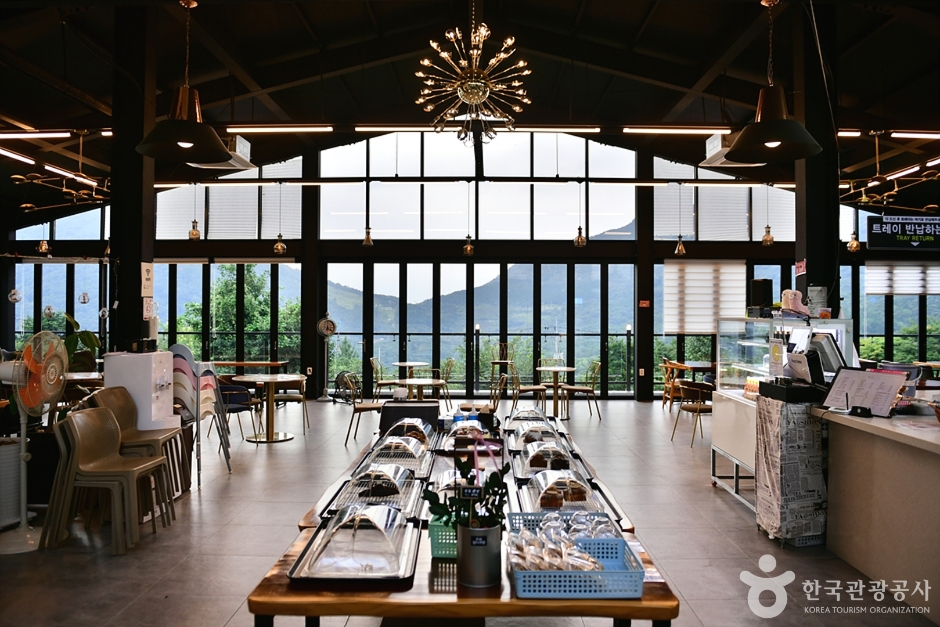
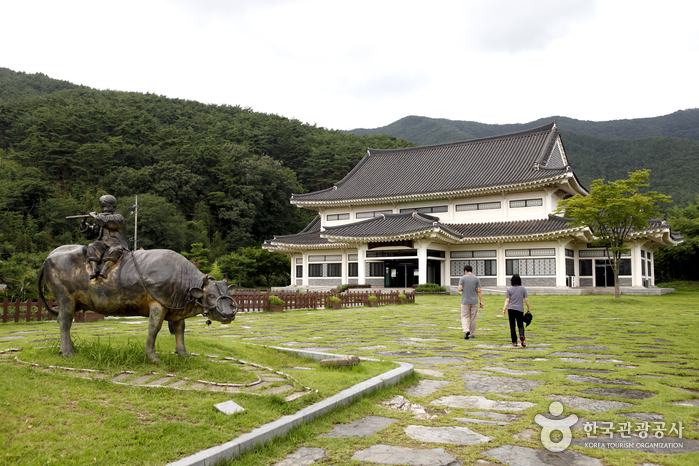
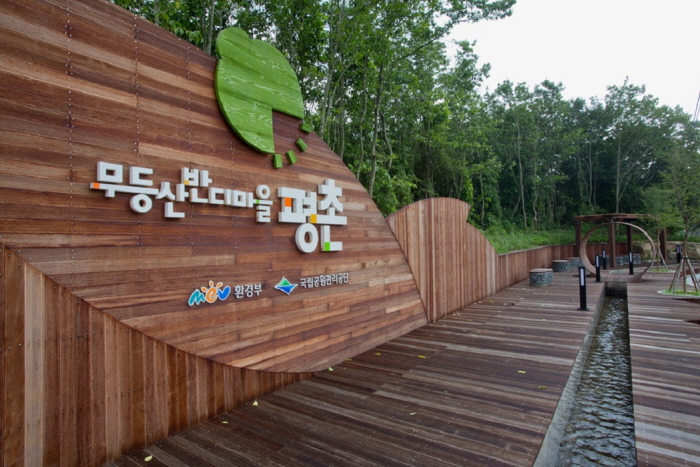
![YangDongHo Traditional House (Hanok 152) [Korea Quality] / 양참사댁(양동호 가옥 / 한옥152) [한국관광 품질인증]](http://tong.visitkorea.or.kr/cms/resource/23/2594823_image2_1.jpg)
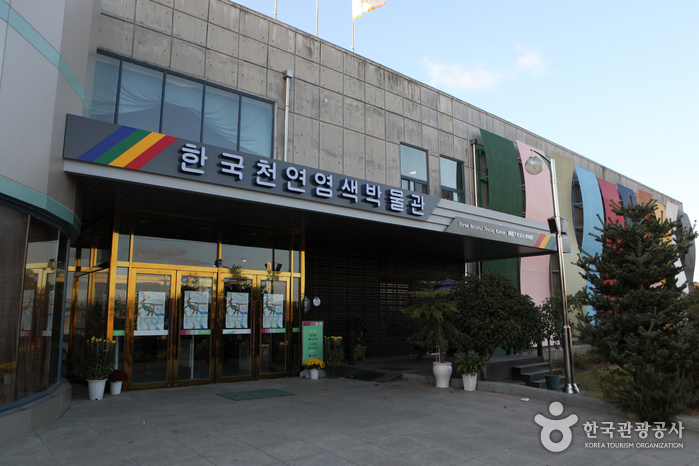
 English
English
 한국어
한국어 日本語
日本語 中文(简体)
中文(简体) Deutsch
Deutsch Français
Français Español
Español Русский
Русский